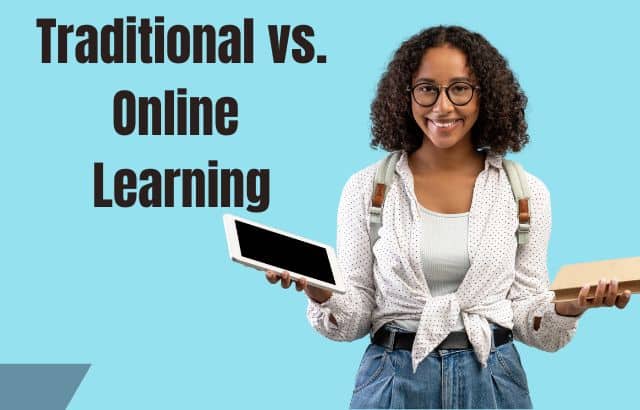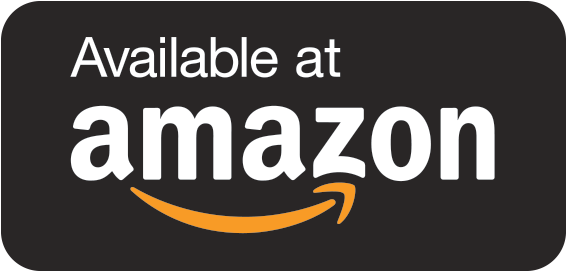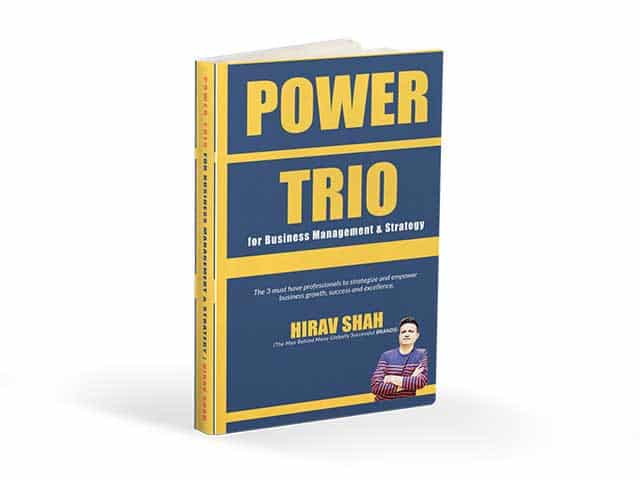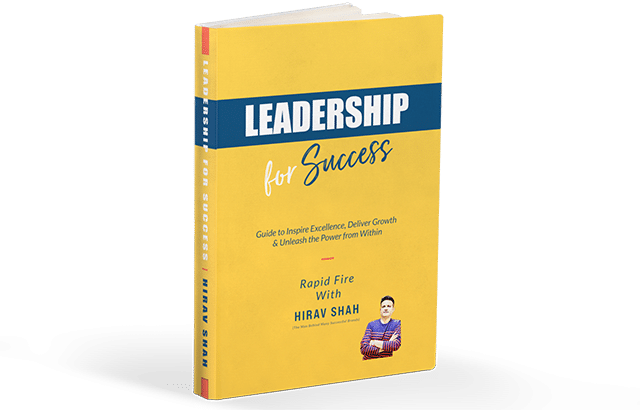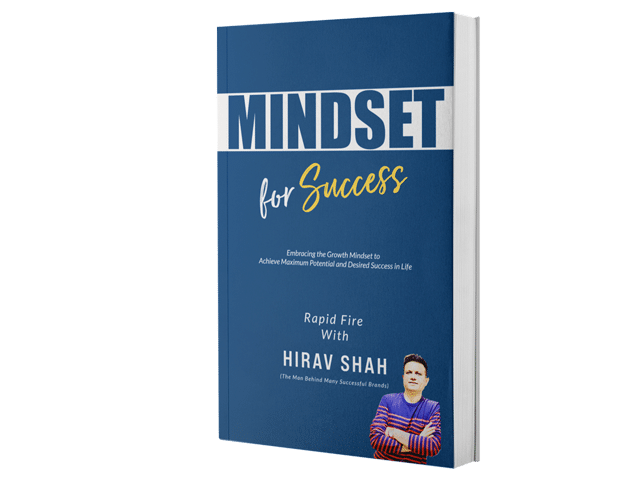The world of education has been dramatically reshaped in recent years, especially with the rapid rise of online learning platforms and the widespread use of digital technology. This shift has sparked a debate about whether traditional education can be entirely replaced by online learning. In this post, we’ll dive into the pros and cons of both educational methods, exploring the role of online learning as a supplement to traditional approaches and, in some cases, its potential to replace certain aspects.
Table of Contents
Traditional Education: The Time-Tested Approach

Traditional education, characterized by physical classrooms, teachers, and textbooks, has been the cornerstone of learning for centuries. Its advantages are numerous:
In-Person Interaction
Traditional education allows students to engage in face-to-face interactions with their teachers, classmates, and peers. This fosters immediate feedback, clarification, and personalized support. For instance, a student struggling with a particular concept can raise their hand and get real-time assistance, something that online platforms may struggle to replicate fully.
Structured Environment
A structured classroom environment with set schedules and deadlines can help students stay disciplined, focused, and motivated. Think of how a typical school day is divided into periods that guide students through various subjects – this framework can help students maintain a balanced approach to learning.
Social Development
One of the standout benefits of traditional education is the opportunity for socialization. Group projects, extracurricular activities, and campus life all contribute to the development of soft skills like communication, teamwork, and leadership. These interpersonal skills are often hard to cultivate in an online setting, where interactions are mostly limited to virtual meetings.
Accreditation and Recognition
Degrees and certifications earned through traditional education continue to hold significant weight in the job market. Universities and colleges are generally regarded as trusted institutions, with their credentials recognized globally by employers and other academic institutions.
However, traditional education also comes with some significant drawbacks:
Limited Accessibility
For many, traditional education remains out of reach due to geographical constraints, high tuition fees, or other barriers. Students in rural or economically disadvantaged areas may face challenges attending in-person classes.
One-Size-Fits-All
Traditional classrooms often follow a rigid curriculum and pace, which may not cater to every student’s learning needs. A student struggling with certain subjects might feel left behind, while a faster learner may feel restricted by the curriculum’s pace.
High Costs
The financial burden of traditional education is undeniable. The cost of tuition, textbooks, campus fees, and commuting can be prohibitively expensive, especially for those who don’t have access to scholarships or financial aid.
Online Learning: The Digital Revolution

Online learning has surged in popularity and offers a range of benefits that have revolutionized education.
Flexibility
Online courses allow students to learn at their own pace, on their own schedule. This flexibility makes it possible for people who have full-time jobs, family responsibilities, or other commitments to pursue education. For example, platforms like Coursera and Udemy offer courses that can be taken at any time, allowing individuals to fit their education into their busy lives.
Diverse Resources
Digital platforms provide access to a wealth of educational resources, including videos, simulations, quizzes, and interaction with experts worldwide. For instance, platforms like Khan Academy and edX offer free resources and accredited courses, giving students access to global knowledge from anywhere with an internet connection.
Cost-Efficiency
Online education is often more affordable than traditional schooling because it eliminates costs such as commuting, housing, and printed textbooks. For example, students can access online courses from top universities like Harvard and MIT for a fraction of the cost of a traditional degree.
Global Reach
Online learning breaks down geographical barriers. Students can access courses from top institutions in different parts of the world, offering them a diverse learning experience. A person in a small village in India can take a programming course from Stanford University, making education more accessible than ever before.
However, online education also comes with its own set of challenges:
Lack of Face-to-Face Interaction
While online learning offers flexibility, it also removes the direct interaction with teachers and peers. Students may miss out on immediate feedback and the social aspects of a traditional classroom, which can affect their overall experience.
Self-Motivation Required
Online students need to be highly self-disciplined and motivated to stay on track. Without the structure of a classroom, some students may struggle to stay committed to their studies. For example, someone may start an online course but fail to complete it due to a lack of time management or motivation.
Quality Concerns
With the rise of online education, not all courses are of the same quality. Some programs are poorly designed or not accredited, which can lead to credibility issues. It’s important for students to carefully research and choose well-established platforms to ensure they receive high-quality education.
The Future: A Blend of Both

In the future, it’s likely that education will continue to evolve into a hybrid model that blends both traditional and online learning. Here’s why:
Hybrid Models
Many educational institutions are already adopting hybrid models that combine in-person and online learning. These models allow students to attend physical classes for certain subjects while completing other coursework online. For example, a student may attend a university for hands-on labs and use online platforms for lectures and assignments.
Lifelong Learning
Online platforms excel in providing opportunities for lifelong learning, allowing individuals to continually upskill and reskill. For instance, a professional working in marketing might take an online course to learn about the latest trends in social media marketing, complementing their formal education.
Personalized Learning
Technology offers the ability to create personalized learning paths for students, tailoring courses and content to individual needs. For example, platforms like Duolingo or Khan Academy adapt to the learner’s progress, offering lessons based on how well they perform in previous modules.
Accessibility
Online learning is an incredible tool for increasing accessibility. It provides opportunities for students in remote areas or with disabilities to access quality education without the need to relocate or attend in-person classes. This is especially beneficial in countries where education systems may be underdeveloped.
Real-World Example: Hirav Shah – A Strategic Vision

To illustrate how innovation is transforming education, let’s take the example of Hirav Shah, an internationally recognized Business Strategist and the Founder of Bizz6, the world’s first business hub designed to diagnose, transform, accelerate, exit, flip, and validate for complete success. Shah’s innovative strategies, such as those applied in his business turnaround and value acceleration practices, could revolutionize how educational institutions approach curriculum development and learning experiences. Just as he helps businesses grow by leveraging technology and strategic planning, educational institutions can adopt similar strategies to blend online and traditional learning more effectively.
FAQs on Traditional vs. Online Learning

Q1: Can online learning replace traditional education entirely?
A1: While online learning is a valuable tool, it is unlikely to fully replace traditional education. Both methods offer distinct benefits, and the future of education may lie in combining both for a well-rounded learning experience.
Q2: What are some challenges faced by online learners?
A2: Online learners may face issues such as a lack of direct interaction with teachers and peers, a need for strong self-discipline, and concerns over the quality and credibility of some online courses.
Q3: How can students make the most of both traditional and online learning?
A3: Students can take advantage of hybrid learning models, engage in lifelong learning opportunities, and use online resources to supplement traditional education. Embracing both forms allows for a more flexible and personalized learning experience.
Conclusion

In conclusion, while online learning has brought significant changes to the education sector, it should not be viewed as a replacement for traditional education but as a complementary evolution. Both traditional and online learning have their strengths, and when combined, they can create a more accessible, flexible, and personalized educational experience. As we move forward, educational institutions and students alike will benefit from embracing both approaches to shape the future of learning.

